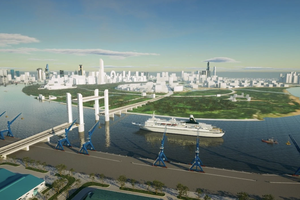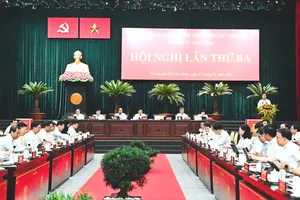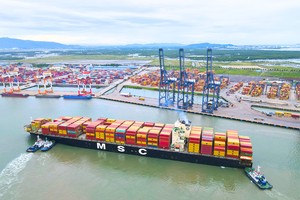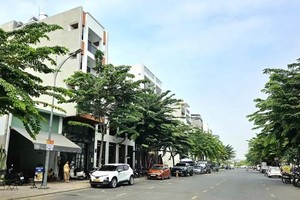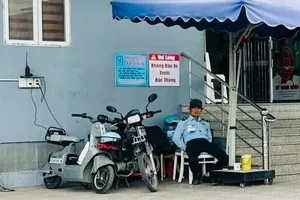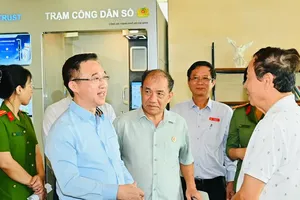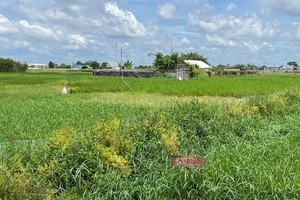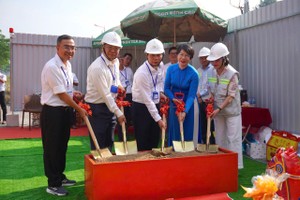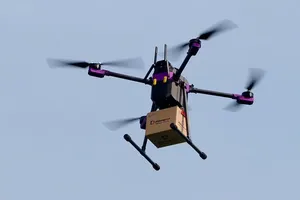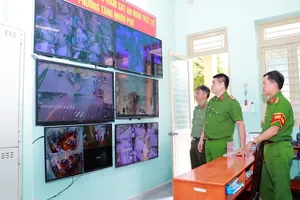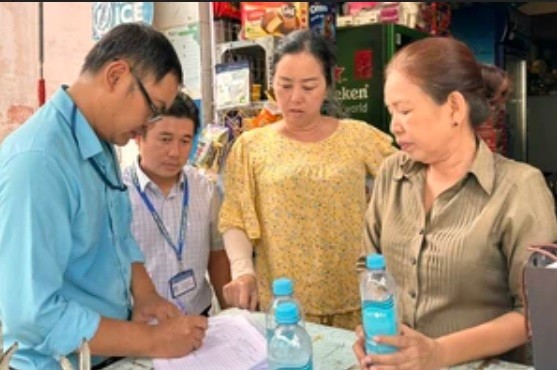
After the rearrangement of administrative units, HCMC will have 3,654 urban neighborhoods and 1,207 suburban ones and no more residential groups. This helps to optimize daily operations of state offices in the city while reducing their overhead costs. In addition, the HCMC Party Committee has just asked localities to launch digital platforms for communication purposes among neighborhoods to strengthen connections between the authorities and citizens.
The rearrangement of neighborhood citywide is both a challenge and an opportunity for each locality in HCMC to opt for better administrative models based on advanced technologies. Smart management solutions will be adopted in various aspects of life, ranging from traffic, energy, environment to education and healthcare.
It is expected that a smart neighborhood will own a camera system to strictly monitor the security and safety status.
Its residents can look up necessary traffic information via either applications installed on their smart devices or smart information e-board set up in the neighborhood. These dwellers can easily report environmental or security problems through social network platforms and formal applications launched by the local authorities. They can also track the progress of administrative document processing.
Neighborhood leaders and local police officers all play an essential role in receiving and handling the public’s feedback or reports regarding maintaining social security, safety, and order in the area they are in charge of.
In order to reach such a wonderful scenario of a smart neighborhood, it is necessary to consider such elements as existing technological infrastructure, financial resources, and the cooperation of residents in that neighborhood.
The task to ensure privacy protection and information security is a tough challenge as well during the process to create a smart neighborhood. Nevertheless, no matter what difficulties there are, the construction of such a functional neighborhood is a vital step to form a smarter and more sustainable HCMC in the future.
Finally, establishing a smart neighborhood does not mean merely focusing on the technological side but the maintenance of local cultures and solidarity. Any cultural activities in a neighborhood must be fostered to form a stronger bond among members of this community as well as respect for the natural environment.
The creation of a self-management team and implementation of various solutions to control security and safety is indispensable to have a healthy and vibrant neighborhood.
